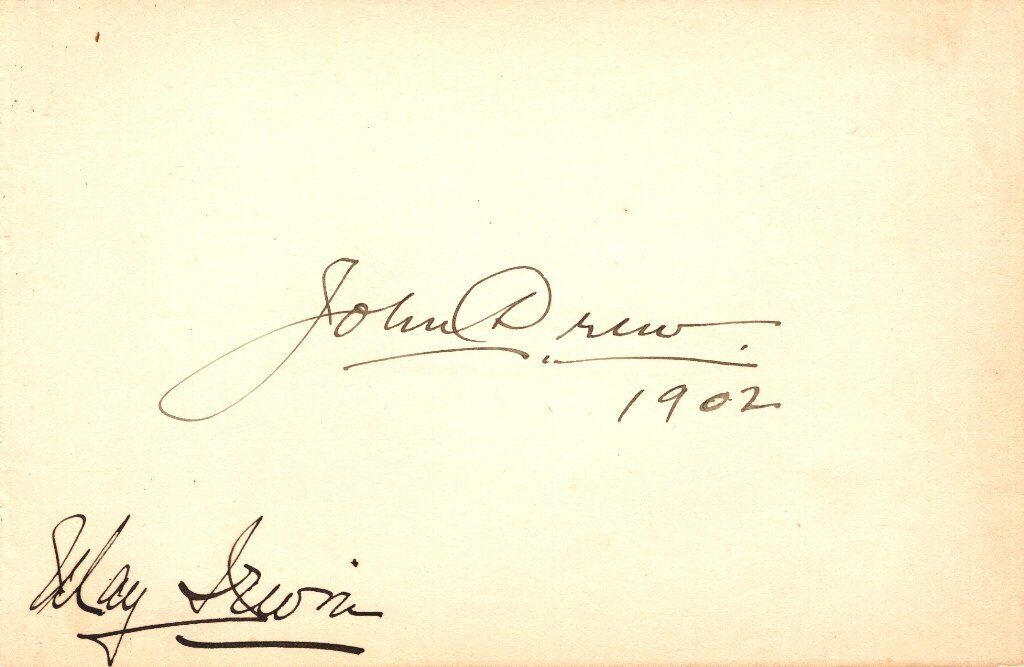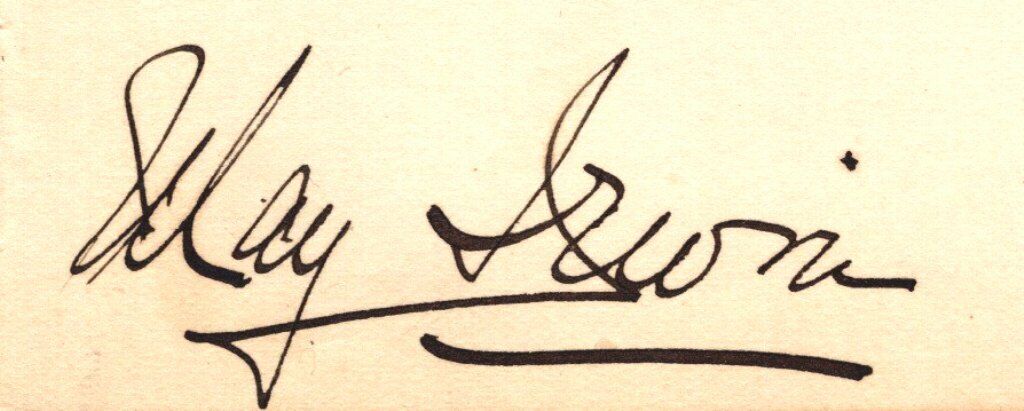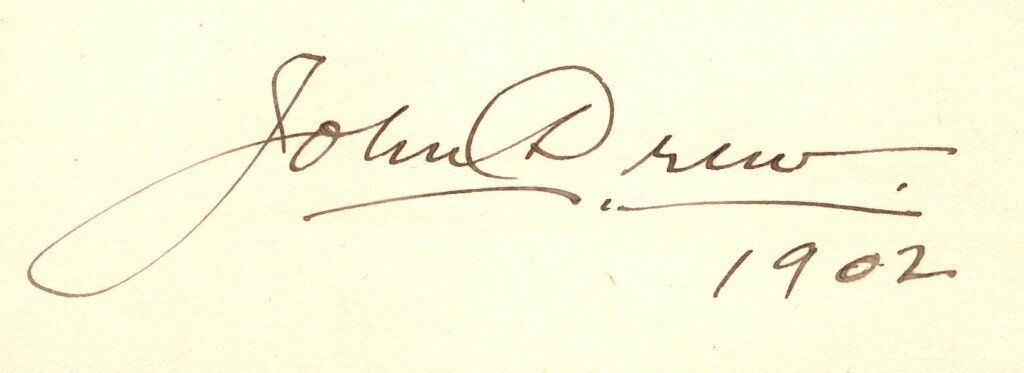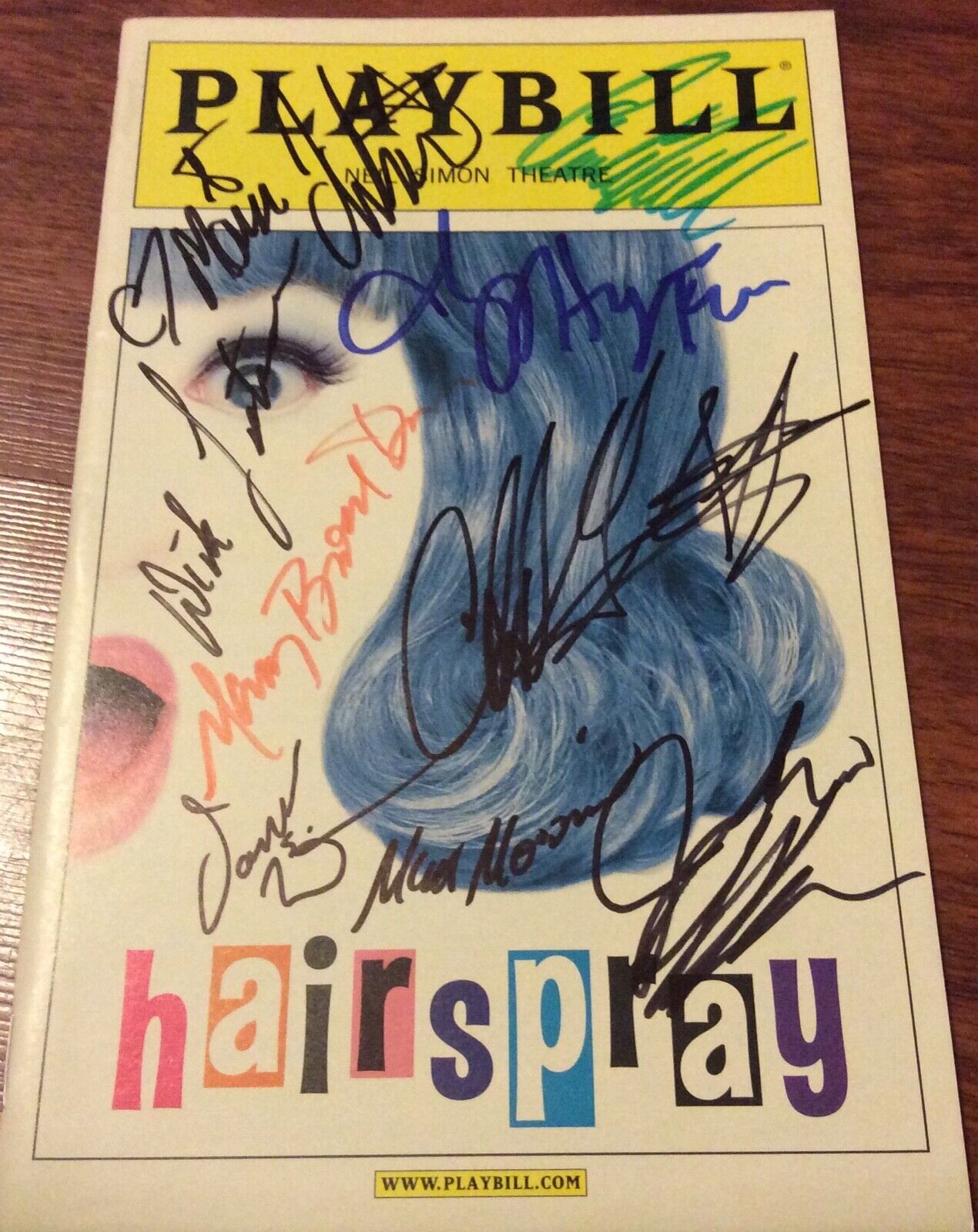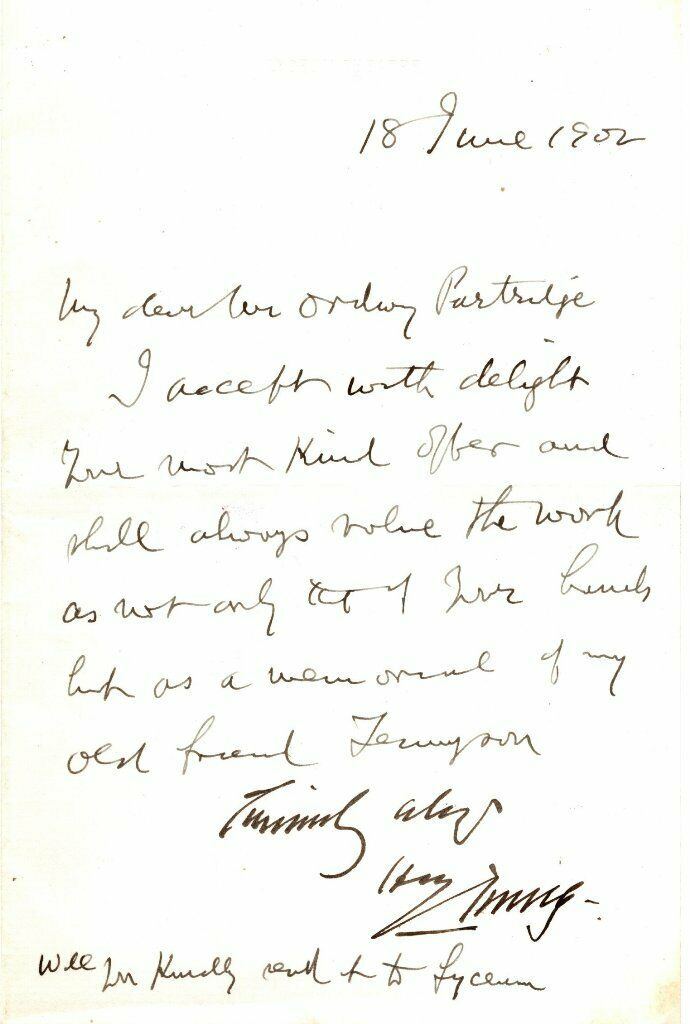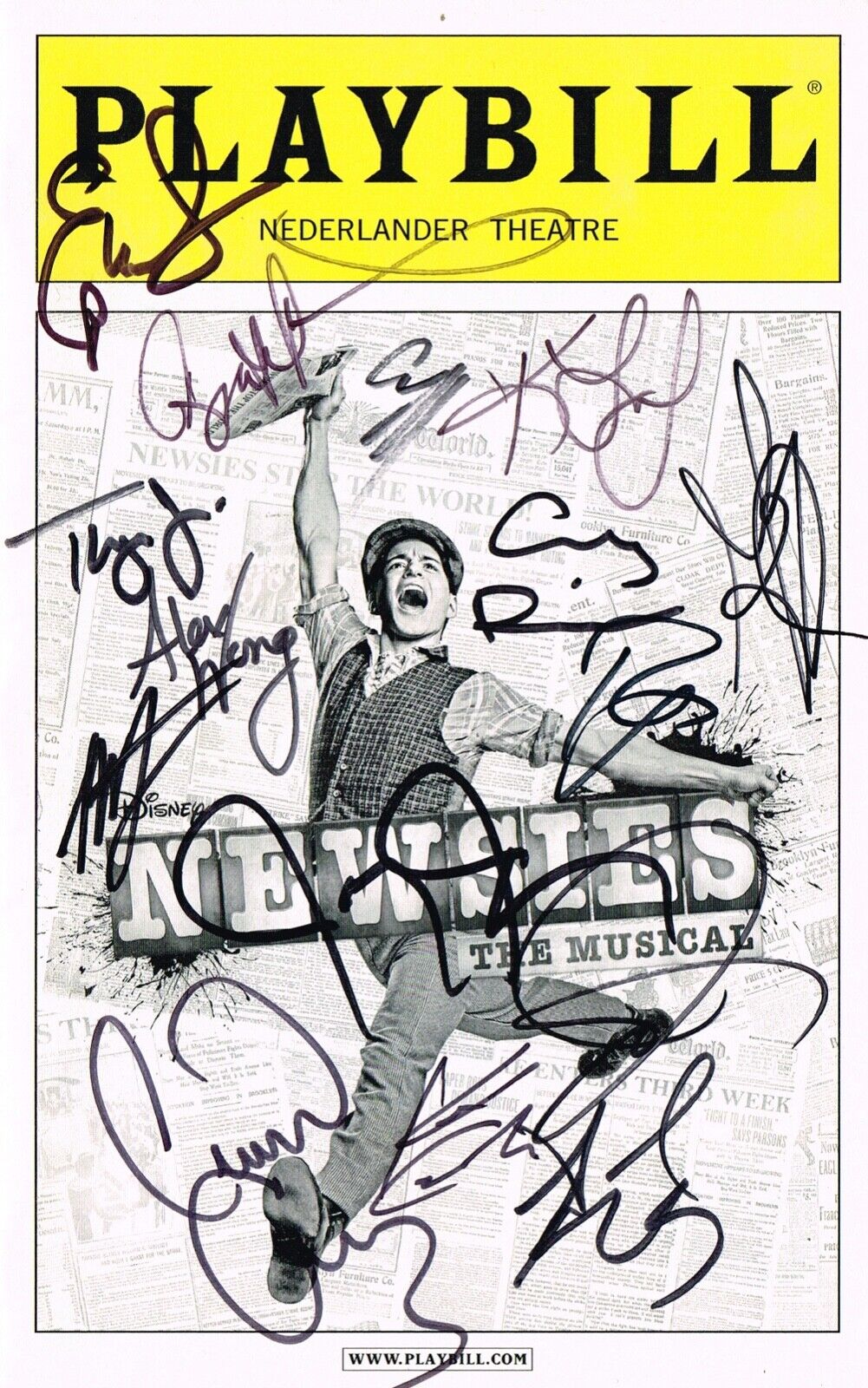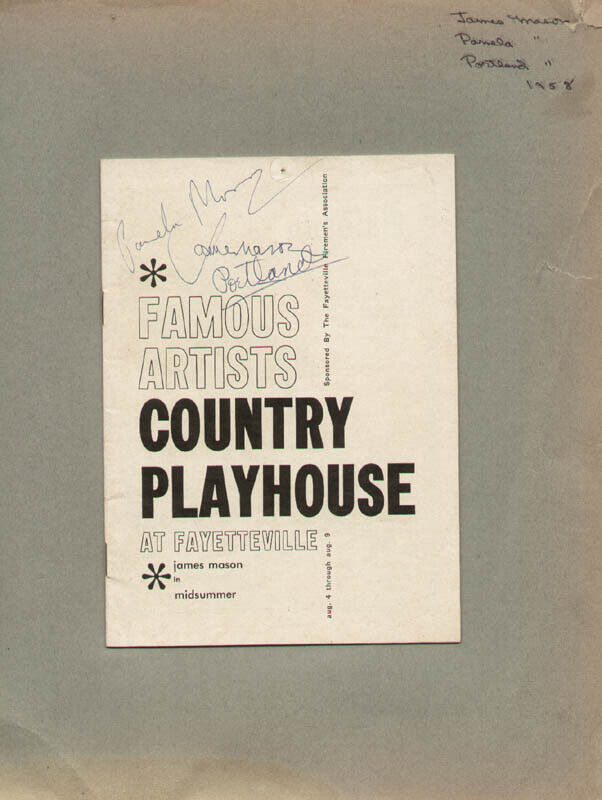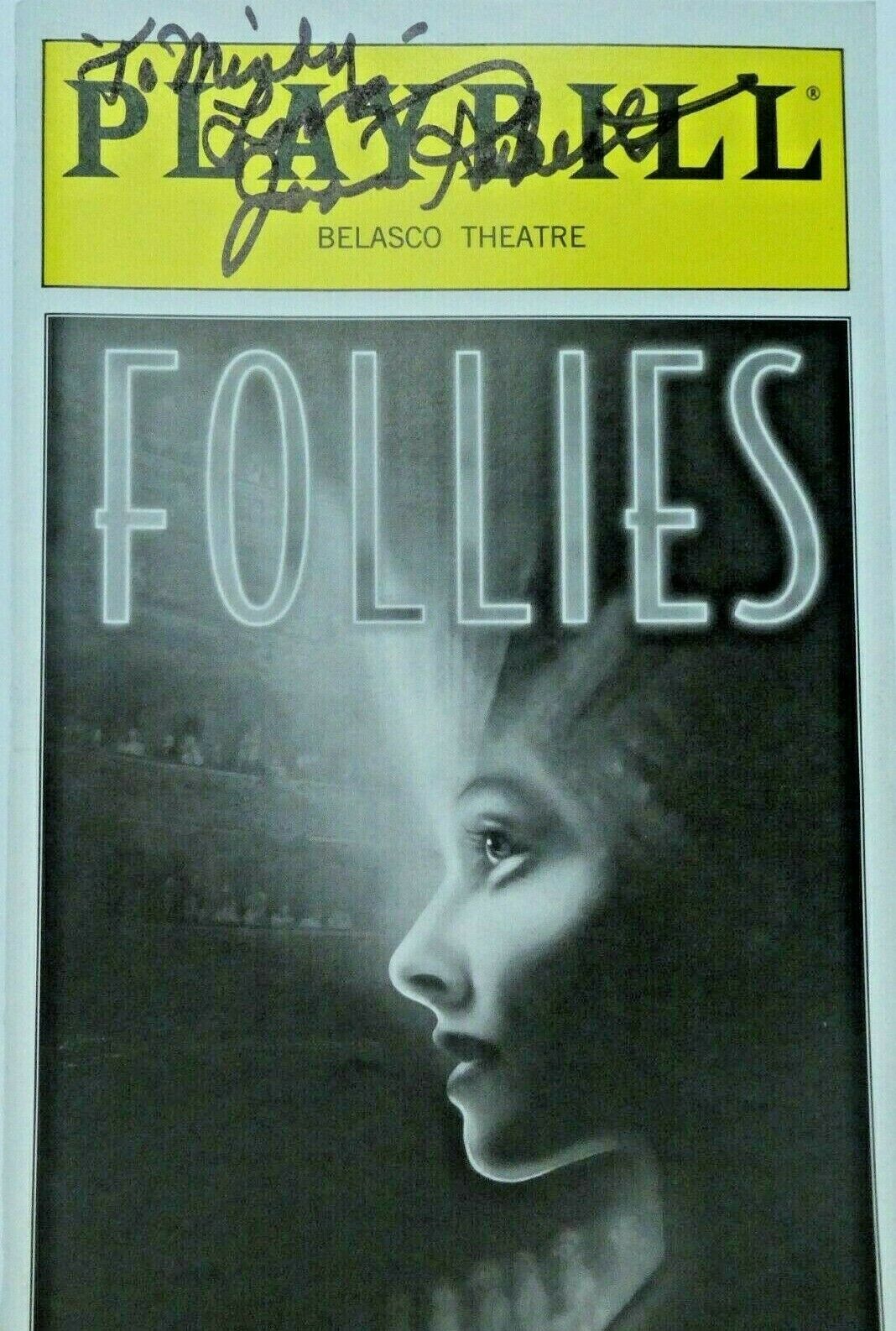-40%
*MAY IRWIN JOHN DREW (BARRYMORE) 19TH EARLY 20TH CENTURY STARS 1902 AUTOGRAPHS*
$ 26.39
- Description
- Size Guide
Description
A rare 1902 Edwardian album page with bold autographs of the great Canadian-American comedienne May Irwin and John Drew, uncle to the Barrymore family. With the inimitable Wilton Lackeye to the reverse. Dimensions seven and a quarter by four and three quarters inches. Light wear otherwise good. See May Irwin and John Drew's extraordinary biographies below.Combined shipping discounts for multiple purchases. Inquiries always welcome. Please visit my other eBay items for more early theatre, opera, film and historical autographs, photographs and programs and great actor and actress cabinet photos and CDV's.
From Wikipedia:
May Irwin
(June 27, 1862 – October 22, 1938) was an actress, singer and star of
vaudeville
. Originally from Canada, she and her sister
Flo Irwin
found theater work after their father died. She was known for her performances as a
coon shouter
and recordings.
Born at
Whitby, Ontario
in 1862 as
Georgina May Campbell
,
[1]
[2]
[3]
her father, Robert E. Campbell, died when she was 13 years old; her stage-minded mother, Sophoria Jane Draper, in need of money, encouraged May and her older sister Adeline Flora ("Flo" or "Addie") to perform. They created a singing act, billed as the "Irwin Sisters," that debuted at the Adelphi Theatre in nearby
Buffalo, New York
in December 1874. By late 1877, their careers had progressed and they were booked to appear at New York's Metropolitan Theater, then at the
Tony Pastor
Theatre, a popular New York City music hall.
Miss May Irwin
The sisters proved popular enough to earn regular spots for the ensuing six years, after which 21-year-old May set out on her own. She joined
Augustin Daly
's stock company from 1883 to 1887, where she made her first appearance on the theatrical stage. This comedian was known for her improvisation skills. An immediate success, she went on to make her
London
stage debut at
Toole's Theatre
in August 1884. By the age of 25, she was earning ,500 a week.
[4]
In 1886, her husband of eight years, Frederick W. Keller, died unexpectedly. Her sister Flora married New York State Senator
Thomas F. Grady
.
By the early 1890s, Irwin had married a second time and developed her career into that of a leading
vaudeville
performer with an act known at the time as "Coon Shouting", in which she performed
African American
-influenced songs. In the 1895
Broadway
show
The Widow Jones
, she introduced "The Bully Song", which became her signature number. The performance also featured a lingering kiss, which was seen by
Thomas Edison
, who hired Irwin and her co-star
John C. Rice
to repeat the scene on film. In 1896, Edison's
Kinetoscope
production,
The Kiss
, became the first screen kiss in cinematic history.
[5]
Her own pieces included " The Widow Jones", " The Swell Miss Fitzswell", "Courted into Court", "Kate Kip-Buyer", and "Sister Mary".
[6]
The cover of sheet music featuring one of Irwin's songs originally performed in the Broadway musical Courted into Court.
In addition to her performing and singing, Irwin also wrote the lyrics to several songs, including "Hot Tamale Alley", with music written by
George M. Cohan
. In 1907 she married her manager, Kurt Eisfeldt, and began making records for
Berliner/Victor
. Several of these recordings survive and give a notion of the actress's appeal.
Irwin's buxom figure was much in vogue at the time and, combined with her charming personality, made her one of America's most beloved performers for more than thirty years. In 1914, she made her second
silent film
appearance, this time in the feature-length adaptation of
George V. Hobart
's play,
Mrs. Black is Back
, produced by
Adolph Zukor's
Famous Players Film Company
and filmed for the most part at her own sprawling home in New York. Still pictures showing May survive from this movie.
A highly paid performer, Irwin was a shrewd investor and became a very wealthy woman. She spent a great deal of time at a summer home on secluded Club Island, a small island off of
Grindstone Island
of the
Thousand Islands
, and at her winter home on
Merritt Island, Florida
, before retiring to a farm near
Clayton, New York
, where a street would eventually be named in her honor.
Personal life
May Irwin was married twice. Her first marriage was to Frederick W. Keller, of
St. Louis
, from 1878 until his death in 1886. From 1907 to the end of her life, she was married to Kurt Eisfeldt. The couple lived at West 44th Street, New York.
May Irwin had two sons by her first marriage, Walter Keller (born ca. 1879 - when she was 17) and Harry Keller (b. 1882 - when she was 20).
[7]
Death
May Irwin died in New York City on October 22, 1938, aged 76. She is interred at
Kensico Cemetery
in Valhalla, NY.
John Drew Jr.
(November 13, 1853 – July 9, 1927), commonly known as
John Drew
during his life, was an
American
stage actor noted for his roles in
Shakespearean
comedy, society drama, and light comedies. He was the eldest son of
John Drew Sr.
, who had given up a blossoming career in whaling for acting,
[1]
and
Louisa Lane Drew
, and the brother of Louisa Drew,
Georgiana Drew
, and
Sidney Drew
. As such, he was also the uncle of
John
,
Ethel
, and
Lionel Barrymore
, and also great-great-uncle to
Drew Barrymore
. He was considered to be the leading
matinee idol
of his day, but unlike most matinee idols Drew's acting ability was largely undisputed.
John Drew Jr. was educated at a fine academy in Philadelphia, but the life of the theater would become his primary focus at a young age.
[1]
His first role as a boy was "Plumper" in
Cool as a Cucumber
at the family's Arch Street Theater.
[2]
Drew as Petruchio
Drew had a long association with
Charles Frohman
and leading lady
Maude Adams
. In these years under Frohman, John Drew's stardom was established.
[3]
His first play with Frohman was
The Masked Ball
, a comedy adapted from a French play. This show was primarily a vehicle to establish Drew's stardom under Frohman, and it succeeded in that.
[3]
Drew was associated originally with the company of
Augustin Daly
in the 1880s, a man known for managing and training with grim efficiency.
[3]
Under Daly's management, John Drew developed his reputation for versatility, appearing in many varieties of play, but especially in contemporary works that are rarely performed or remembered today.
[2]
His frequent leading lady with Daly was
Ada Rehan
. His memoirs, titled
My Years on the Stage
, were published in 1922. His final Broadway play was
The Circle
co-starring fellow veteran star
Mrs. Leslie Carter
and proved to be a popular comeback for the two Victorian actors. The Circle was made into a
silent film
in 1925 by
MGM
directed by
Frank Borzage
.
Highly esteemed by his fellow actors, John Drew was elected lifetime president of New York City's
Players' Club
. The
appellation
"Jr.", distinguishing him from his long-deceased actor father, is usually dropped. He died in San Francisco on July 9, 1927 shortly after being visited by his nephews John and Lionel Barrymore, both of whom had taken time off from movie-making on the West Coast. After cremation, his remains were taken to Philadelphia and interred at
Mount Vernon Cemetery
alongside his wife.
[4]
Drew and his wife Josephine (
nee
Baker)
[5]
had one daughter,
Louise Drew
(1882–1954). Louise married Broadway actor Jack Devereaux
[6]
and they had a son, John Drew Devereaux.
